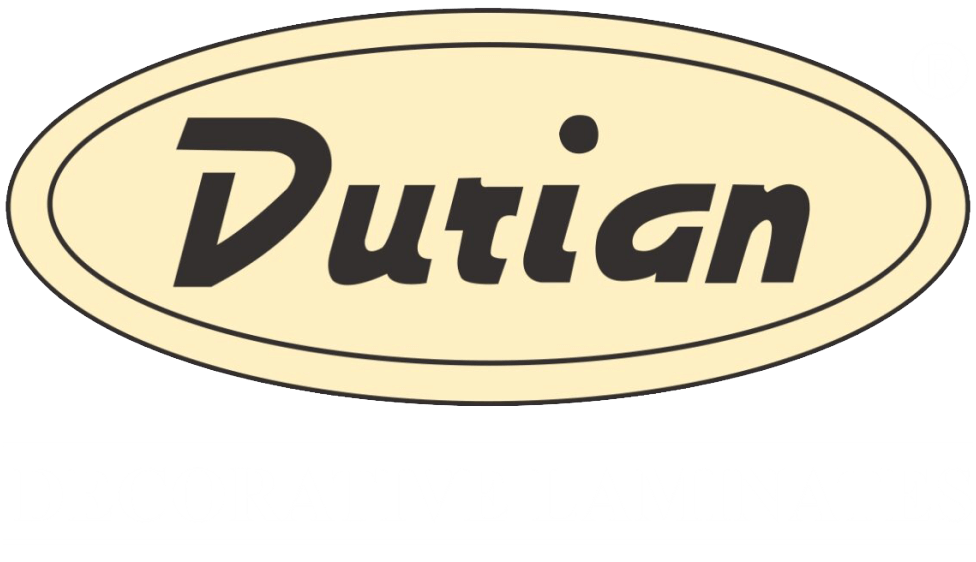Laminates are versatile and durable materials that have a wide range of applications in various industries. From kitchen countertops, laminates are popular for their aesthetic appeal and ease of maintenance. However, understanding the life cycle of laminates is essential to ensure their sustainability and reduce their environmental impact.
Laminates life cycle stages:
The life cycle of laminates can be divided into four main stages: raw material extraction, manufacturing, use, and disposal.
Raw Material Extraction: The first stage of the life cycle of laminates is the extraction of raw materials. The raw materials used in the production of laminates include paper, resin, and adhesive. These materials are sourced from different regions worldwide, and their extraction involves environmental impact, such as deforestation.
Manufacturing: The second stage involves the production of laminates. The manufacturing process includes impregnation of paper with resins, lamination of layers, and pressing. Sustainable laminates manufacturing involves the use of recycled paper, reducing the amount of waste produced in the process, and reducing the amount of energy consumed.
Use: The third stage is the use of laminates in various applications such as furniture, and wall cladding. Laminates are preferred for their durability, low maintenance, and aesthetic appeal. However, their usage also generates waste during the installation process and throughout their lifespan.
Disposal: The last stage of the life cycle of laminates is the disposal of the material. Laminates are not biodegradable, and their disposal poses significant environmental challenges. The disposal process should involve responsible waste management and recycling of the material where possible.
Laminates production process:
The production process of laminates involves impregnation of paper with resins, lamination of layers, and pressing. The impregnation process involves saturating the paper with resins to increase its strength and durability. The lamination process involves bonding layers of paper and resin together, and pressing creates a solid and durable material.
Sustainable laminates manufacturing:
Sustainable laminates manufacturing involves reducing the amount of waste produced in the process, reducing the amount of energy consumed, and using recycled materials. The use of recycled paper reduces the environmental impact of laminates and contributes to a circular economy.
Disposing of laminate materials:
Disposing of laminate materials poses significant environmental challenges. Laminates are not biodegradable and should not be disposed of in landfills. The disposal process should involve responsible waste management, such as incineration or recycling of the material where possible. In conclusion, understanding the life cycle of laminates is essential to reduce their environmental impact and ensure their sustainability. Sustainable laminates manufacturing involves the use of recycled materials, reducing waste produced, and reducing energy consumption. Responsible waste management and recycling of the material where possible should be implemented to minimize the environmental impact of laminates.


No Comments